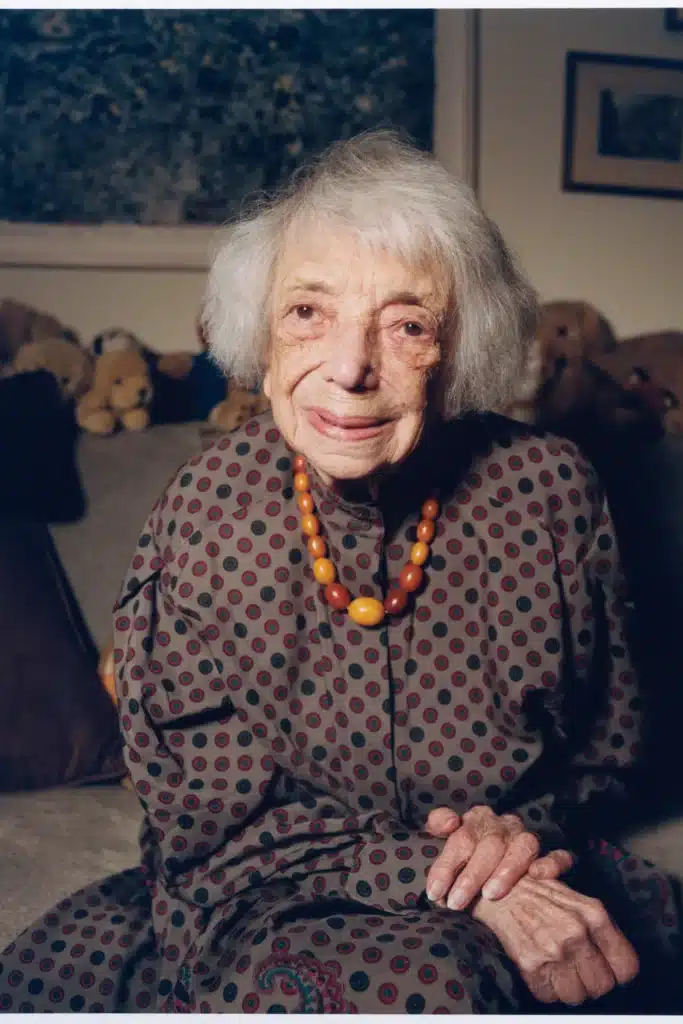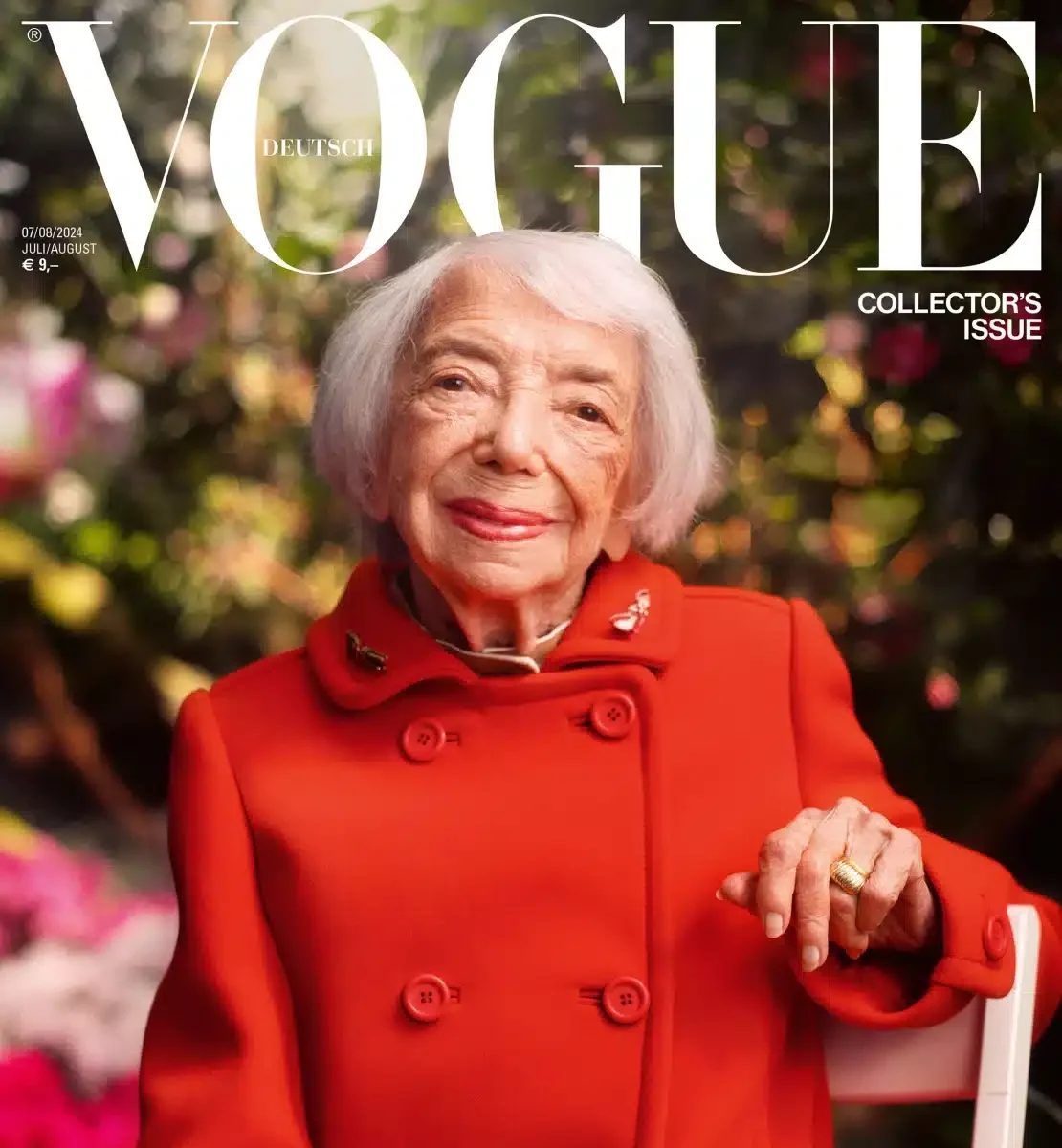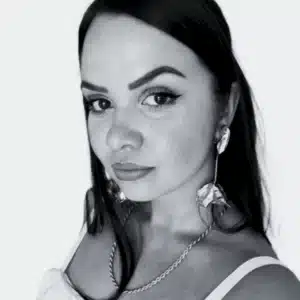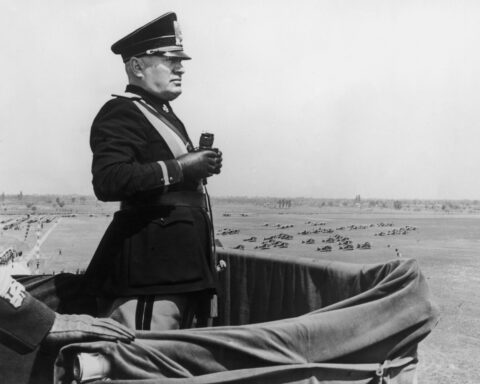In its July/August issue, the German edition of Vogue featured Margot Friedländer. Aged 102, the Holocaust survivor is one of the few remaining witnesses to the Jewish deportations of the Second World War.
Born into a Jewish family in Berlin in 1921, Margot Friedländern (née Bendheim) was 12 years old when Adolf Hitler came to power in Germany. She managed to finish her schooling and take up an apprenticeship in a dressmaking shop, but the situation in the country became increasingly complicated. In 1937, her parents divorced. The young woman lived with her mother and her younger brother Ralph. They made several unsuccessful attempts to emigrate to the United States. The territory even refused them immigration in 1938. The same applies to Brazil and China.

From 1940, Margot Friedländern was forced to do hard labour. Two years later, her father was deported and died in an extermination camp. In 1943, while trying to flee the country with her family, her brother Ralph was arrested by the Gestapo. Her mother tried to resist, but was deported with her son to Auschwitz. Both were murdered. A clandestine orphan, Margot Friedländern fought for her life, motivated by a message left by her mother: ‘Try to make a life for yourself’. After several months in hiding, she was found in 1944 and deported to Theresienstadt. She met Adolph Friedländer, whom she knew from his work as a costume tailor at the Jewish Cultural Association, where he was head of administration. He and Margot survived the camps. They are the only members of their family still alive after the war.
Life after the horror
In 1946, Margot and her husband Adolph Friedländer came to the United States. She worked in New York in a sewing workshop and in a travel agency. The couple never had children. Adolph Friedländer died in 1997. After her husband’s death, she began to tell her story, from publications about her experiences to a documentary about her home town and her autobiography Try to Make Your Life (2008).
Margot Friedländern, who has returned to Germany several times, decided to settle in Berlin in 2010, where she regained her German nationality. Always keen to recount the traumas of the past and the nightmares linked to anti-Semitism, she visits schools to ensure that these memories live on. At the same time, and quite logically, Margot has received numerous awards and honours, including the Federal Cross of Merit First Class last year.
On the cover of Vogue Germany
More recently, Margot Friedländern, now aged 102, appeared on the cover of the summer issue of Vogue Germany. The survivor can be seen in colourful clothes, with an admiring smile. The photos were taken last April in Berlin’s Botanical Gardens, a poetic, gentle setting that contrasts with Margot’s youth. ‘You will continue to move my story forward. May this never happen again,’ she told the magazine.

In an interview published on the Vogue Germany website in January 2024, she opened up about her childhood in Nazi Germany, her commitment to spreading her testimony and contemporary disparities.
Asked about the extremes rising in Germany with racist and xenophobic rhetoric, she replied: ‘I know exactly how it started back then. I’m horrified to have to go through that today. I tell them what I’ve always said: be human. People don’t do things like that’. And when asked about her views on international conflicts, she says: ‘I keep telling people: we’re the same. There is no Christian, Muslim or Jewish blood. There is only human blood”.
‘I’ve managed to speak. I can even speak for those who have not. My word is necessary, I have an obligation’, she says on the subject of memory work and her involvement. Margot Friedländern continues, with inspiring wisdom and positivity, to recount the past in order to raise awareness of the present and offer a better future to future generations.
Read also: The legacy of Bill Viola, undisputed master of video art
Featured photo: © Mark Peckmezian / VOGUE Germany














